Home » Kraft vs. White Corrugated Material: Making the Right Choice
Kraft vs. White Corrugated Material: Making the Right Choice
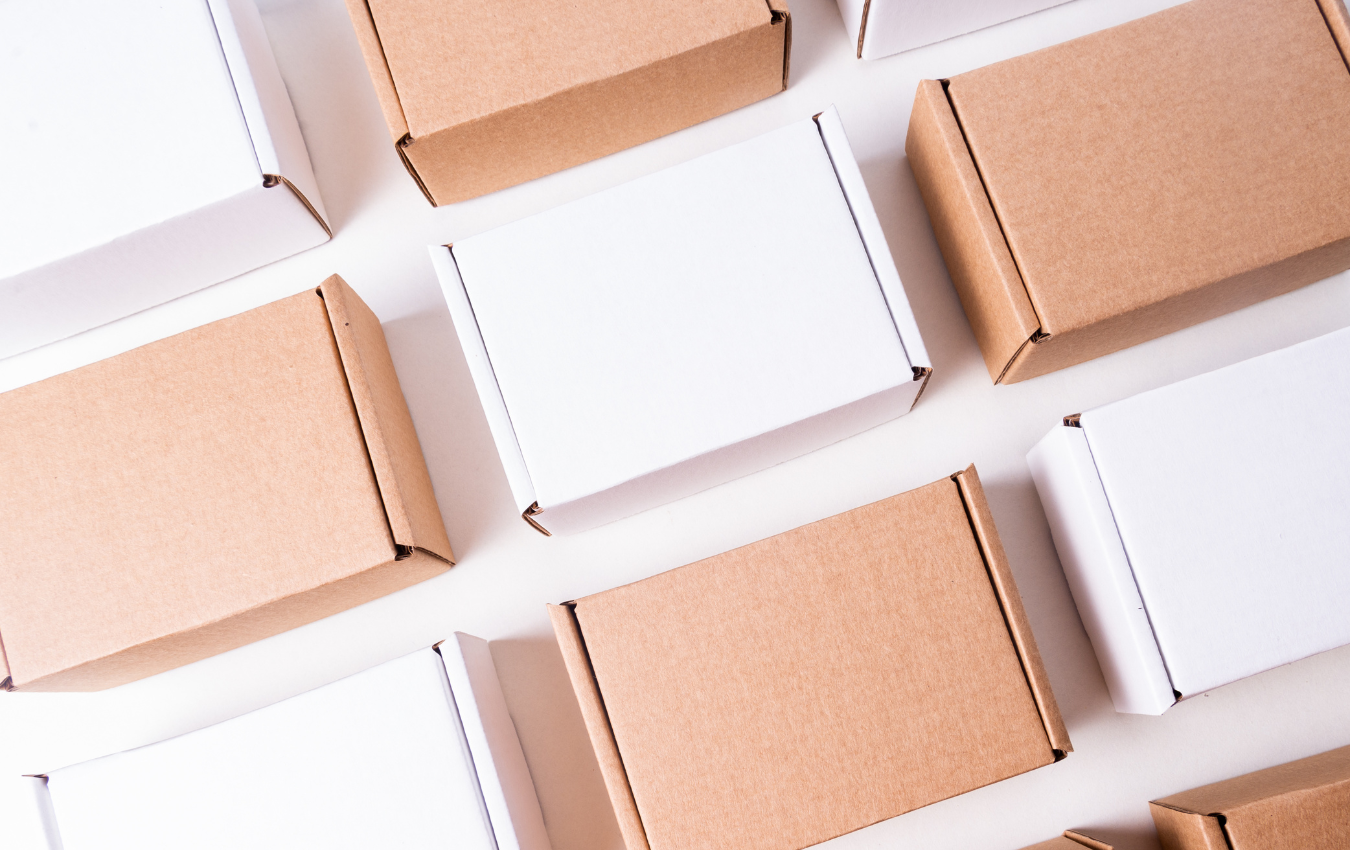
When it comes to packaging solutions, corrugated boxes are at the forefront of industry choices, providing durability, flexibility, and sustainability. However, the debate often arises between using kraft or white corrugated material. Both options have their unique benefits and considerations. Here’s a detailed comparison to guide you in making the right choice for your packaging needs.
Aesthetic Appeal
- White Corrugated Material: White corrugated boxes offer a clean, crisp appearance that’s perfect for showcasing high-resolution graphics and detailed print. Their smooth surface is ideal for businesses looking to present a polished and premium image to their customers. Great for retail packaging, especially for electronic items, cosmetics, and luxury goods.
- Kraft Corrugated Material: The natural brown hue of kraft corrugated boxes gives them a rustic, organic feel. This is a favorite for brands aiming for an eco-friendly or artisanal image. They don’t present graphics as vibrantly as white boxes, but they carry a charm of their own.
Printing and Branding
- White Corrugated Material: The white background serves as a blank canvas, ensuring that colors stand out vibrantly and true to their original hue. This is essential for brands with specific color palettes and detailed branding requirements.
- Kraft Corrugated Material: The brownish tone of kraft corrugated material can influence the appearance of printed colors. While this might not be ideal for brands requiring precise color matching, it works well for those aiming for a natural or vintage aesthetic. Plus, minimalistic designs with black or darker hues often pop beautifully on kraft.
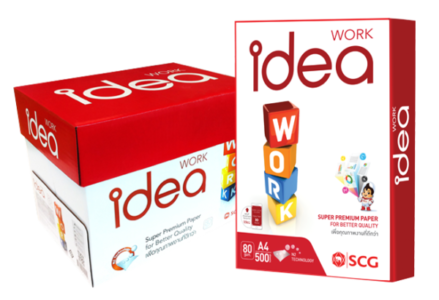
Environmental Considerations
- White Corrugated Material: The bleaching process used to achieve the white color can have environmental implications. However, many suppliers now offer white corrugated material made from recycled fibers or with eco-friendly bleaching alternatives.
- Kraft Corrugated Material: Typically more eco-friendly, kraft corrugated boxes are often made from unbleached paper pulp. The absence of the bleaching process means fewer chemicals are involved, making them a more sustainable choice for environmentally-conscious businesses.
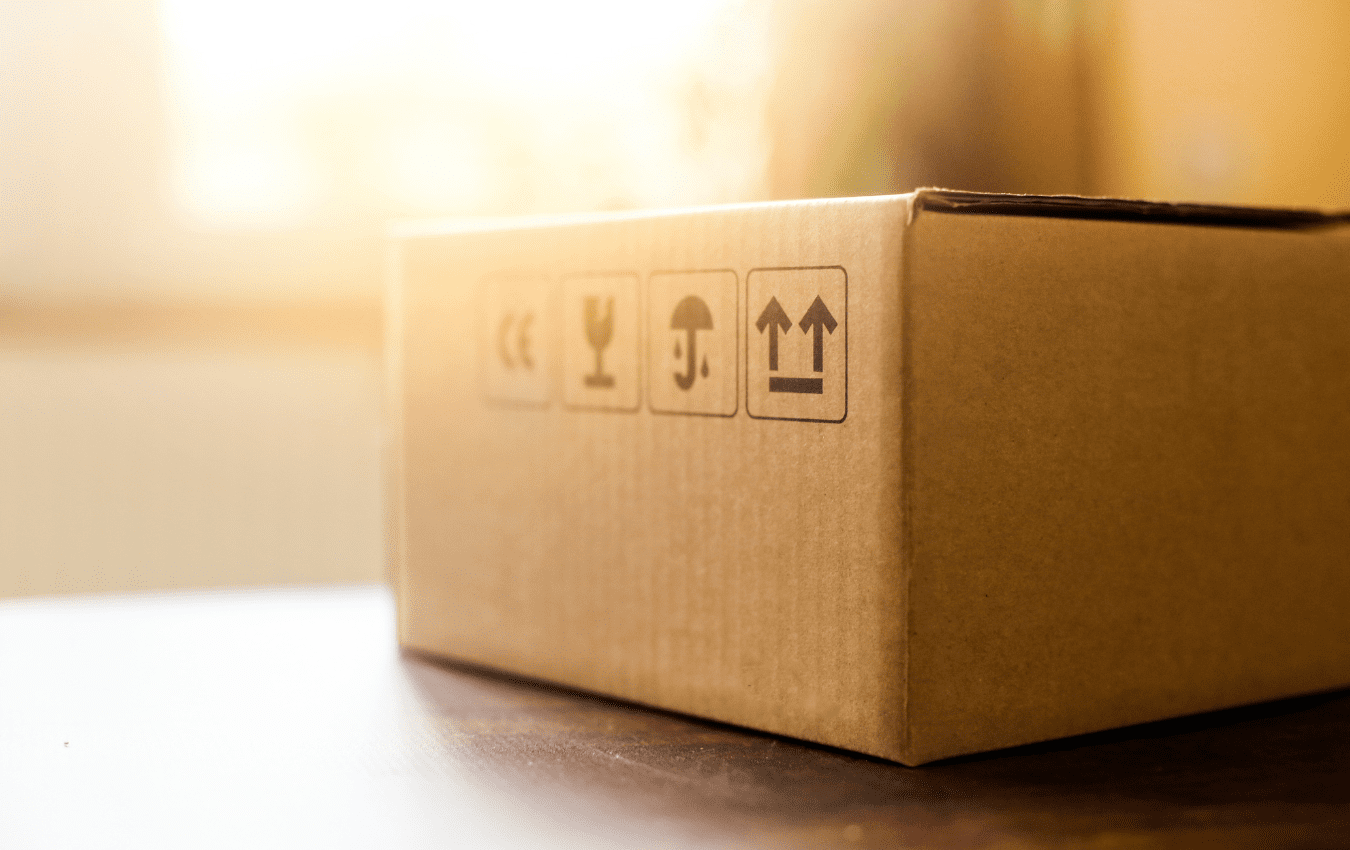
Cost
- White Corrugated Material: Generally, white corrugated boxes tend to be slightly more expensive than their kraft counterparts, due to the additional processing required to achieve their pristine appearance.
- Kraft Corrugated Material: Being less processed, kraft corrugated material usually comes with a lower price tag, making them a cost-effective choice for bulk packaging needs.
Durability
Both kraft and white corrugated materials offer excellent durability and protection, depending on their flute size and wall construction. However, any perceived difference in strength between the two is more about the construction and thickness of the corrugated box rather than the color or type of paper used.
Market Perception
- White Corrugated Material: Often associated with a higher-end market perception, white boxes can elevate a product’s perceived value.
- Kraft Corrugated Material: Kraft boxes exude an earthy, organic vibe and are often associated with sustainability and eco-friendliness, making them a favorite for green and artisanal brands.
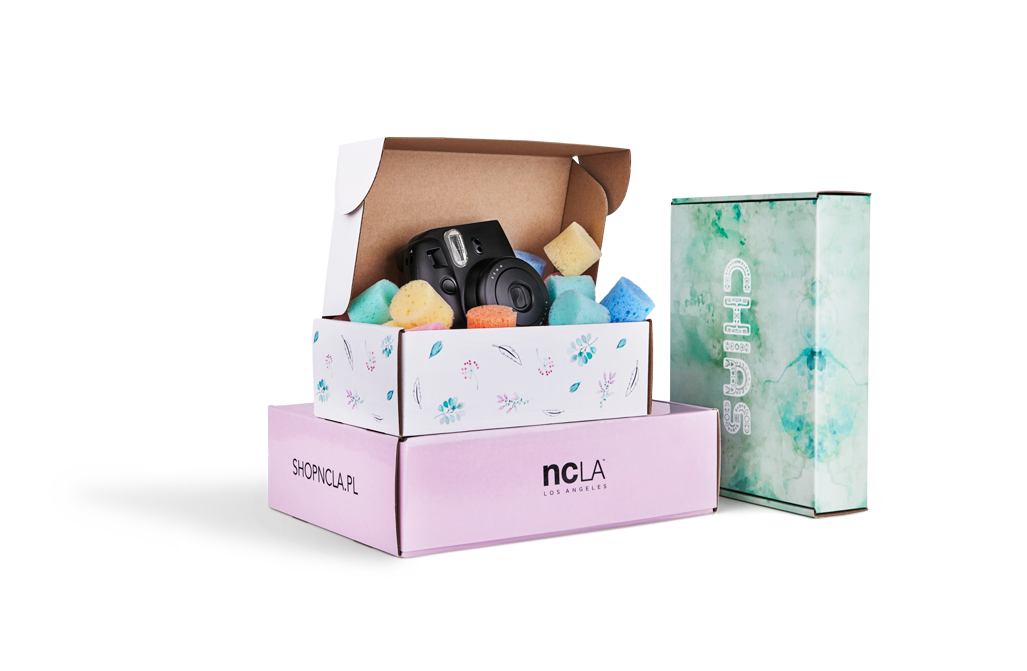
Final Thoughts
When deciding between kraft and white corrugated materials, it’s essential to consider your brand’s image, budget, and environmental stance. If you’re aiming for a high-end, polished appearance with vibrant printing, white corrugated material is your best bet. On the other hand, if you want to exude a natural, eco-friendly vibe with cost-effectiveness, kraft is the way to go.
Remember, the choice between kraft and white isn’t just about aesthetics or cost – it’s about aligning the packaging with your brand’s values and message. Whichever you choose, ensure it resonates with your target audience and serves your product’s needs effectively.
If you are interested in corrugated boxes, then partner with Brown Packaging today to get started.
In packaging, foam isn’t just about initial protection — it’s about maintaining performance over the entire shipping or storage cycle. Compression set and recovery characteristics
Pouches are a go-to for flexibility and convenience, but they can fail in critical ways—from poor seals to punctures and delamination—that hurt performance and brand
In the retail environment, the placement of Point of Purchase (POP) displays is just as critical as their design and content. Strategic positioning can significantly
Choosing the right foam density isn’t about “soft” versus “hard” — it’s about controlling shock transmission and matching the foam’s cushioning curve to the product’s
Moisture resistance and dimensional stability are critical performance factors for custom inserts, especially when products are shipped or stored in variable climates. Both foam and
Sustainability in pet food packaging is not just about recyclability—it’s about reducing environmental impact across the entire lifecycle. For products with high barrier needs like
Home » Kraft vs. White Corrugated Material: Making the Right Choice
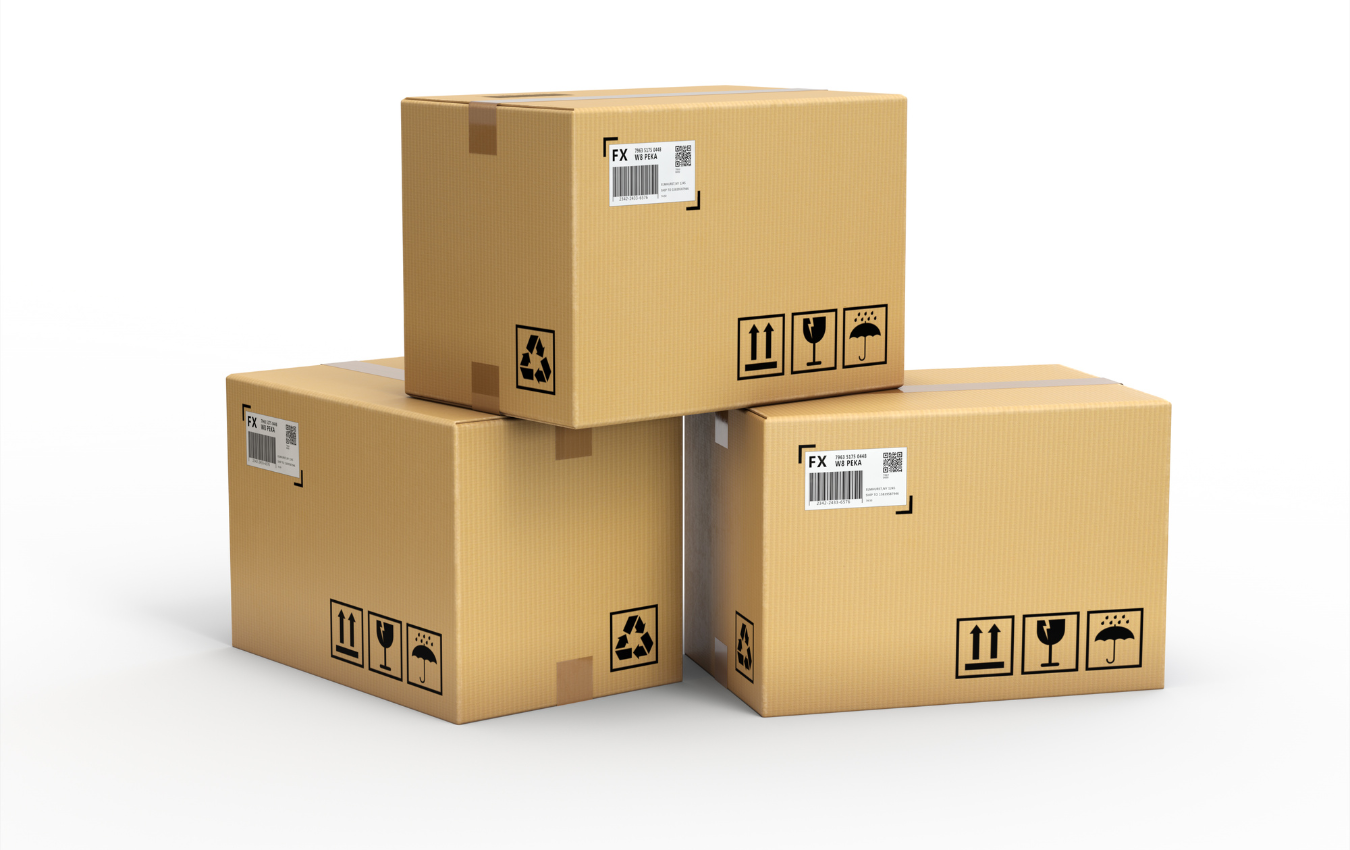
Labeling corrugated boxes correctly is not just a matter of organization; it’s a vital component of the shipping and handling process, ensuring that your products
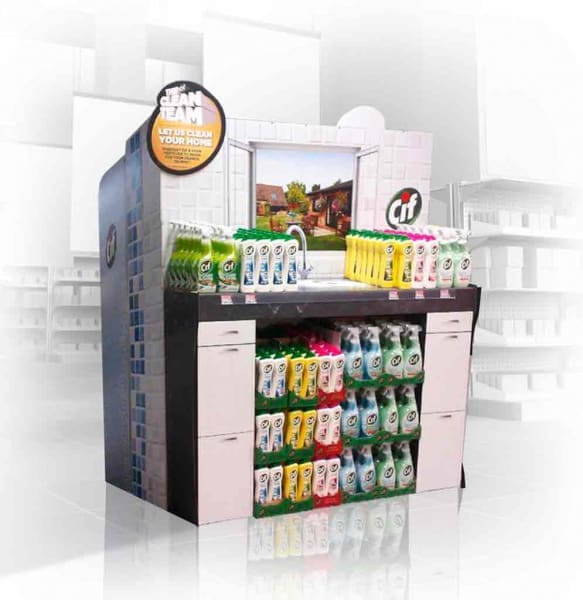
Retail point of purchase (POP) displays are essential tools for marketing products directly to consumers within retail environments. These displays vary widely in shape, size,

Packaging is not merely a practical aspect of shipping; it’s also a statement about your brand’s commitment to quality and protection. When it comes to


